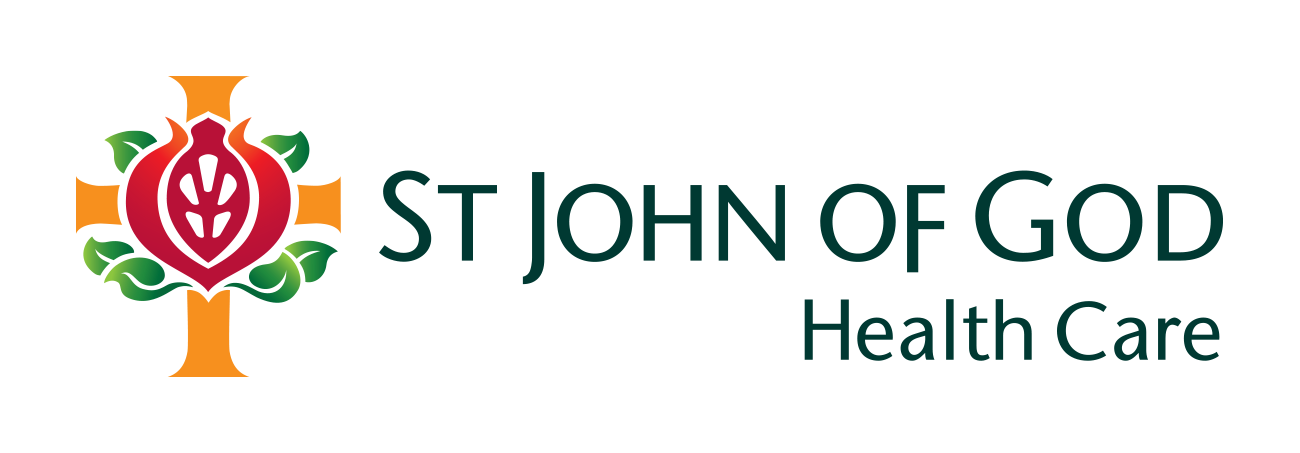20 March 2012
The organisation’s comprehensive clinical risk management program identifies circumstances, such as infection, that put patients at risk of harm and acts to prevent or control those risks.
This has led to safer hospital stays because protecting patients from infection inevitably contributes to better health outcomes.
Benchmarking rates of Staphylococcus aureus bacteraemia, an infection commonly known as ‘Golden staph’, against other hospitals allows St John of God Health Care to evaluate the ongoing effectiveness of its programs, including those on hand hygiene, the single most effective intervention to reduce the risk of hospital-acquired infections in Australian hospitals.
St John of God Health Care’s Group Director Medical Services, Dr Lachlan Henderson, said: “Our excellent results are due to a combination of good hand hygiene practices and communication
with staff, doctors, patients and visitors.”
Since 2010, St John of God Health Care has participated in the National Hand Hygiene Australia Initiative to improve hand hygiene compliance by health workers and the general public.
“Our overall mean hand hygiene compliance rate is better than both the private facilities group and the national combined private and public facilities group for each of the audit periods,” Dr
Henderson said.
Increased awareness of infection control through a ‘Five Moments of Hand Hygiene’ program has been very effective but a key challenge is battling complacency.
“One way to tackle this in order to ensure maintenance of our high standards is the transparency that comes with our decision to publish infection control data in the public domain.
"We have begun with our four Western Australian hospitals and plan to include our other medical surgical hospitals in Victoria.”
